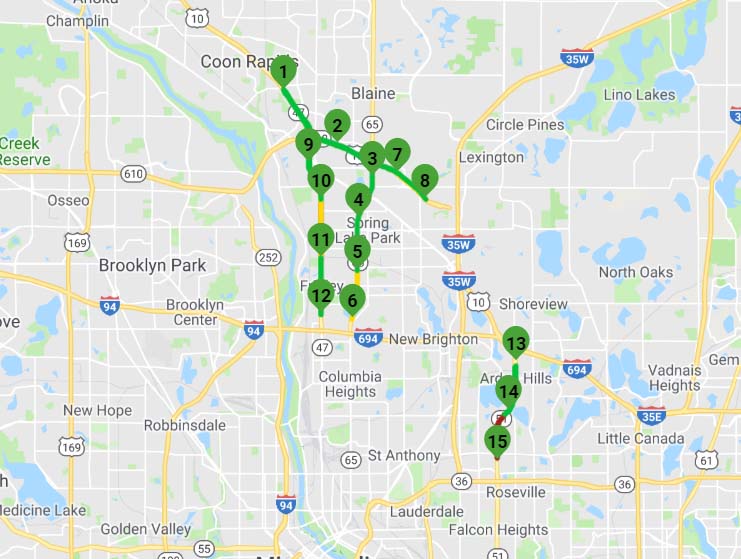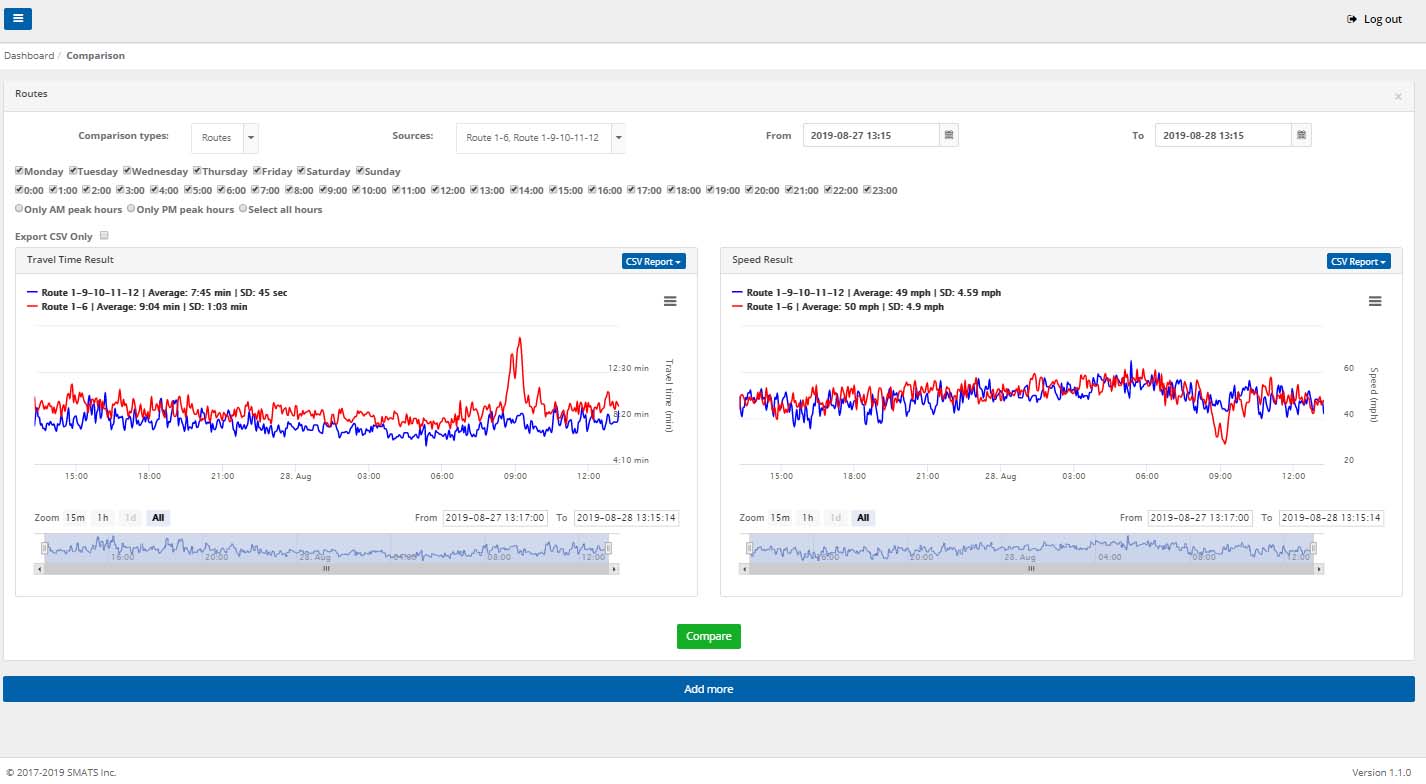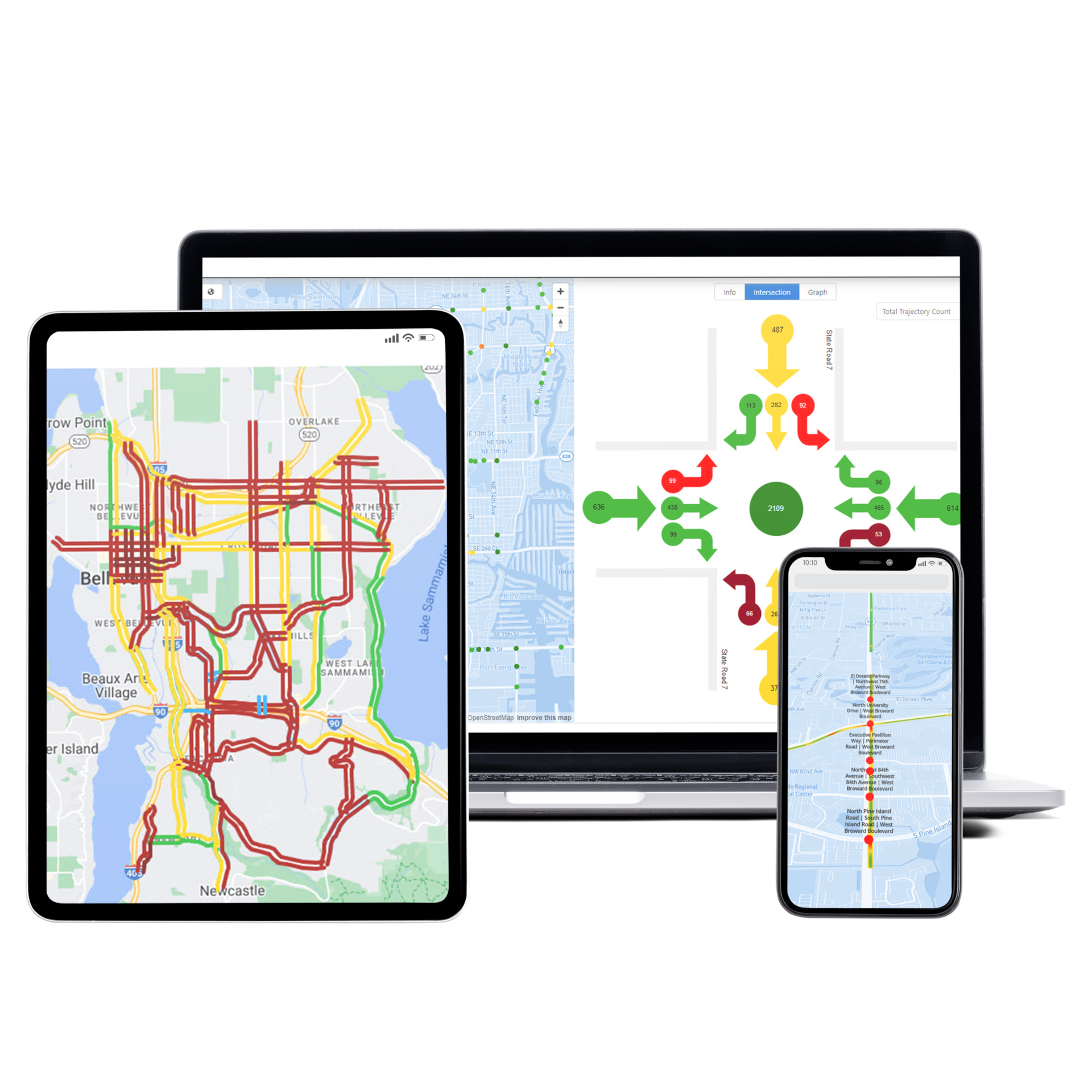REDUCING THE IMPACT OF CONSTRUCTION ZONES ON MOTORISTS
SMATS sensors and software solutions offer efficient, accurate ITS for work zone managementSalander LLC

OVERVIEW
Minneapolis is a city in the midwestern state of Minnesota, bordering Canada along Lake Superior. With a population of over 415,000 (2018), the city is known for its architecture, art, and nightlife.
Across Minnesota there is approximately 135,000 miles of highway, and its economy is known for agriculture, ranking 5th overall in the country. Minnesota supplies 4% of the country’s total agriculture.
SALANDER TECHNOLOGY SERVICES
Salander has provided Intelligent Work Zone technology for over 15 years. Their vision is to develop and position technology for safety, mobility, efficiency and communications, for all work zones, no matter the transportation medium. In 2017, their successes were acknowledged by ITS Heartland, being honoured with the title “Best in ITS” (Intelligent Transportation Solutions).
Company Name: Salander LLC
Date: January, 2018
Website: https://www.slndrtech.com/
THE CHALLENGES
In Minneapolis, Salander LLC was given a work zone management project where a smart work zone technology was needed. A smart work zone meant deploying traffic control technology within a roadway work zone with the objective of increasing the safety of construction workers, providing “real-time” travel information, and efficiently routing motorists through a work zone.
The main concern was to lessen the impact of the construction zone on commuters. Salander knew that they needed to provide live, accurate travel time information to efficiently navigate travelers through the zone.

THE SOLUTION
Salander chose SMATS real-time, WiFi & Bluetooth traffic sensors and data analytics platform for this project. With SMATS TrafficXHub™ sensors, Salander could detect both WiFi and Bluetooth signals and calculate live travel time and origin destination data. The data is automatically synced to SMATS web analytics platform, iNode™, through GSM communication. iNode’s™ MAC address matching and outlier filtering would run in real-time during projects to ensure the most accurate information is available. The sensors were easy to install, adjustable for any duration, and data was easily accessible remotely through iNode™.

“The accuracy and live data availability provided by SMATS sensors were exactly what we needed. They delivered the tools and support we needed to create an efficient, accurate ITS for our work zone.”
THE RESULTS
SMATS TrafficXHub™ sensors created a smart work zone system. Fifteen sensors were installed to populate the Variable Message Signs (VMS) along the affected roadways in Minneapolis. Using the sensors, Salander established 22 links and 7 routes in the zone to monitor.
The travel time data extracted from the iNode™ API was used to populate the 10 VMS within the North Metro work zone. The VMS displayed comparative alternative-route travel time to affected motorists. As seen in the link analysis, travel time fluctuated between different lengths of the roadway throughout the day. Salander was able to optimize traffic flow by providing travellers with accurate, up-to-date information by broadcasting live travel times for multiple routes. The signs successfully helped travellers navigate through the work zone and make informed travel decisions with ease.

SMATS FOR SALANDER TECHNOLOGY SERVICES
Short duration work zones have specific challenges. It is not practical to employ traffic control processes and procedures that take longer to setup and take down than carry out the planned work. SMATS sensors were easy to apply and analyze, furthermore, traffic unpredictability makes real-time data crucial for collecting accurate information. In addition, the durability, cable powering options, and accuracy of the SMATS TrafficXHub™ sensors were advantageous for this project.
“The project is a design build, where maintenance of traffic and lessening the impact on commuters and weekenders going up north to cabins/etc was very important,” says Salander’s project manager JP Story, “The team proposed a smart work zone system with WiFi & Bluetooth detection to provide comparative travel time signage to the motorists so they could make informed decisions about their routes,” Story explains, “SMATS WiFi and Bluetooth sensors serve as guidance for our project consultants for traffic signal timing for arterial roads mainly effected by the re-routing of traffic around construction.”

REACH OUT TODAY
The first step toward a better traffic management solution!
